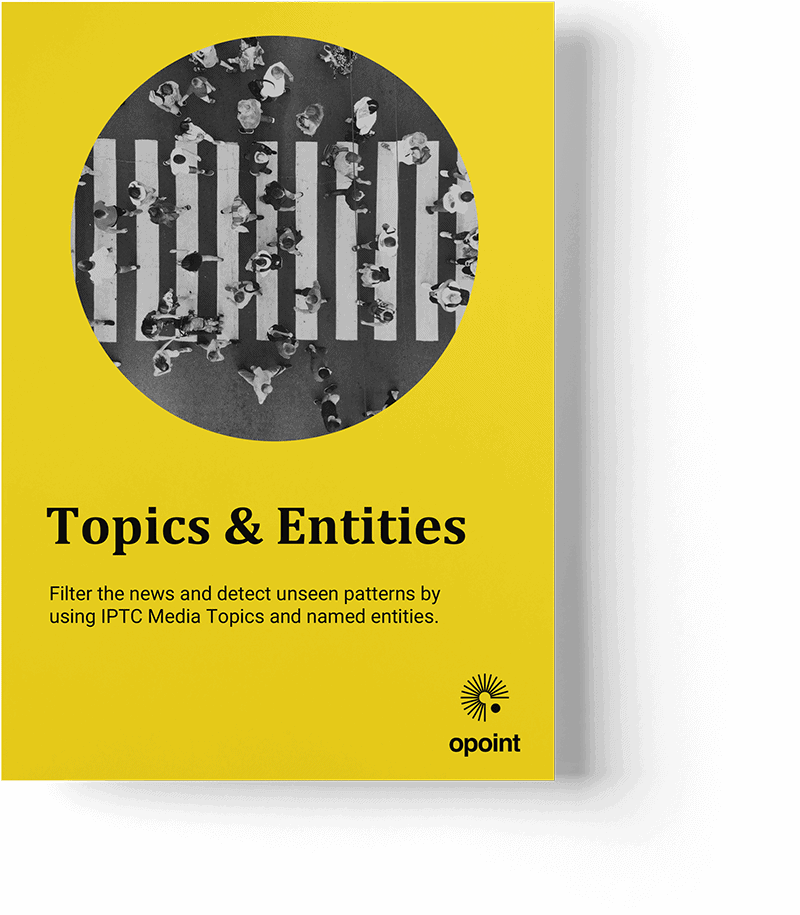ESG risk monitoring isn’t a nine-to-five affair. One tweet from a disgruntled ex‑employee, a local paper’s scoop printed in Portuguese, or a new rule slipped onto a regulator’s website after hours can knock billions off market value before your risk committee even logs in. FinTech and RegTech teams are therefore scrambling for better radar platforms that capture global signals and surface the relevant ones in time to act.
17 July 2025
Problem is, every vendor swears they’re “real‑time” and “cutting‑edge.” How do you separate the wheat from the marketing chaff?
Use the hard-nosed, five-point checklist below to ensure your ESG risk monitoring is top notch. Deploy it at the demo stage, during procurement, or whenever you need to stress-test an existing provider. Tick every box and you’ll sleep easier knowing tomorrow’s headline risk won’t catch you on the back foot.
TL;DR
Quick-Hit Checklist
✅ Global, multilingual source coverage with native indexing.
✅ Alert latency within minutes pushed into existing workflows.
✅ Smart filtering with topic & entity tagging tailored to your material issues.
✅ Flexible API access plus role‑based dashboards for daily use.
✅ High‑uptime SLAs and transparent licences plus audit trails.
1. Comprehensive Source Coverage
Why it matters
Early warning signs of ESG risk often surface in specialist trade journals, local-language outlets, or regulatory bulletins well before they reach major news outlets. Without broad, multilingual coverage, your team could miss emerging issues until they become full‑blown crises. Comprehensive reach ensures you capture every relevant story the moment it breaks, and wherever it happens.
- Breadth and depth
Ask for the precise number of active sources across regions and publication types. Beware vague answers like “millions of pages”; insist on a live source list or at least representative samples. - Native language coverage
Machine translation after the fact is too slow. Look for coverage in key languages such as English, French, German, Spanish, Portuguese, Finnish, Norwegian, Danish, Swedish, Italian, Dutch, Korean, Japanese, Chinese, Russian, Polish and Arabic, ensuring enriched metadata is fully supported. - Diverse source types
Beyond mainstream titles, ensure the feed captures regulatory notices, specialist trade journals, corporate news and emerging digital outlets so that no risk signal slips through the cracks.
Red flag
If providers rely solely on domestic, English-language sources, expect significant geographic blind spots.
2. Real Time Alerting & Speed
Why it matters
Markets move in minutes. You must flag an unfolding protest, product recall or executive scandal before sentiment turns into share‑price jitters.
- Alert latency
Ask, “If a source publishes at 10:00, when will I see an alert?” Leading solutions deliver updates within minutes, not hours. - Granular triggers
Combine company tickers, ESG themes, risk keywords and geographies so only true priorities ping the team. - Delivery options
Real-time API endpoints, structured data feeds, and a browser-based portal keep your risk dashboards or GRC platform up to date automatically. No manual handoffs required.
Red flag
Platforms that batch alerts into hourly or daily digests, by then, the horse has bolted.
3. Relevance & Smart Filtering
Why it matters
The ESG data fire‑hose is real: more than 100,000 business articles hit the web every single day. If your platform can’t separate headline‑making risks from harmless noise, your analysts will drown. Or worse, miss the needle in the haystack.
- Topic & Entity enrichment
The platform should attach structured metadata to every article: standardised topics plus the people, companies, locations and instruments mentioned. That lets you pivot instantly from “all emissions controversies in Asia‑Pac” to “everything involving our tier‑one suppliers.” - Custom taxonomies & Boolean filters
Your materiality map isn’t generic. Upload your own keywords or frameworks (SASB, CSRD, internal risk categories) and combine them with AND/OR/NOT logic for precise searches. - Feedback & refinement tools
Users should be able to hide false positives, save views and adjust thresholds on the fly so relevance improves instead of drifting.
Red flag
Platforms that lean solely on basic keyword matching without contextual enrichment – expect an avalanche of irrelevant hits and plenty of manual clean‑up.
4. Seamless Integration & Everyday Accessibility
Why it matters
Data that can’t dock with your tech stack is like a USB stick in a smartphone; the form factor’s wrong, and the value drops to zero.
- Open APIs & standards
REST or GraphQL endpoints, JSON or XML payloads, plus webhook support are baseline. - Plug-and-play connectors
Pre-built links to BI tools, messaging apps, and governance platforms save both time and engineering budget. - Role‑based dashboards
Not everyone needs the same view. Compliance wants incident logs; communications prefer sentiment heat maps. Ensure the UI allows you to create fully customisable profiles and access levels that scale with your user base.
Red flag
Hidden integration fees, sparse API documentation, or “coming soon” connectors that never materialise.
5. Reliability, Trustworthiness & Staying Power
Why it matters
Risk teams depend on uninterrupted data. Downtime or data gaps expose you to legal, financial and reputational headaches.
- Source transparency & licensing
Choose providers that clearly explain how their content is sourced and licensed, giving you confidence to reuse the data freely. - Service‑level agreements (SLAs)
Aim for high uptime guarantees with clear remedies in place if breached. - Financial health & roadmap visibility
Will this vendor survive the next five years? Dig into funding rounds, profitability and the cadence of feature releases. - Audit trails & data provenance
Regulators will ask where each alert came from. Solutions that store the original article version and time‑stamp pass audits with far less pain.
Red flag
Frequent unplanned maintenance windows that cause data gaps.
Pulling It All Together
ESG risk intelligence isn’t a nice-to-have. It’s your early‑warning radar in a world where supply‑chain hiccups, social activism and governance missteps can snowball into full-blown crises. So, choosing a monitoring solution is less about glossy interfaces and more about hard proof that the five criteria above are consistently met, day in and day out.
When you next evaluate vendors or sanity‑check your current stack, run this checklist. Scrutinise the numbers, review the fine print, and insist on live demos that mimic worst-case scenarios. A credible provider will welcome the heat.
Your Quick Hit Checklist
✅ Global, multilingual source coverage with native indexing.
✅ Alert latency within minutes pushed into existing workflows.
✅ Smart filtering with topic & entity tagging tailored to your material issues.
✅ Flexible API access plus role‑based dashboards for daily use.
✅ High‑uptime SLAs and transparent licences plus audit trails.
Nail these five and you’ll stride into the next board meeting with confidence, knowing you’re watching every corner of the ESG risk universe in real time.
Related




